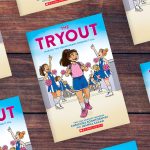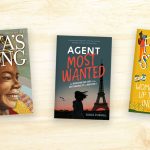“What story would you like to tell?” asks Juana Martinez-Neal at the end of her author’s note for the picture book Alma and How She Got Her Name (Candlewick, 2018)—the perfect question to ask readers of a book that muses on the ways we are shaped by the stories that came before us. The title was Martinez-Neal’s first book as both author and illustrator, and it earned her a Caldecott Honor to go alongside other noteworthy awards, including the Pura Belpré Medal for Illustration for La Princesa and the Pea (Putnam/Penguin, 2017; written by Susan Middleton Elya) and the Robert F. Sibert Informational Book Medal for Fry Bread: A Native American Family Story (Roaring Brook, 2019; written by Kevin Noble Maillard). Martinez-Neal was born and raised in Peru in “a home of artists,” an experience that continues to shape her own story and the stories she creates for young readers.
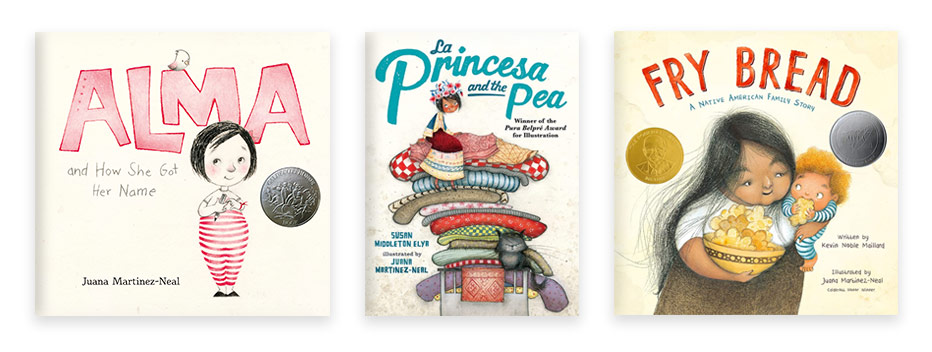
Here, Martinez-Neal talks with Lisa Bullard about the open-ended possibilities of working outside the “rules” of illustrating for children, the importance of failing beautifully, and the power of being seen and represented.
A strong theme in Alma and How She Got Her Name is how we are each shaped by who and where we come from. That concept also plays a role in many of your other books, including recent titles such as Zonia’s Rain Forest (Candlewick, 2021), Tomatoes for Neela (written by Padma Lakshmi, Viking, 2021), and A Perfect Fit: How Lena “Lane” Bryant Changed the Shape of Fashion (written by Mara Rockliff, Clarion, 2022). Can you talk a bit about that theme and how and why it continues to play out in your work?
It is impossible for me to separate personal life from work. My work is a reflection of who I am at that particular moment in my life. I choose my projects respecting that place and keeping it in mind. And yes, you are correct: A constant in my work is finding out our place in the world, the reason why we are here, and of course, learning who we are. My reasoning is that if we know who we are, we can understand our place in the world and behave as we should. Again, this is a personal understanding of our own selves that is a constant search in my personal life, which is why it is a constant in my work.
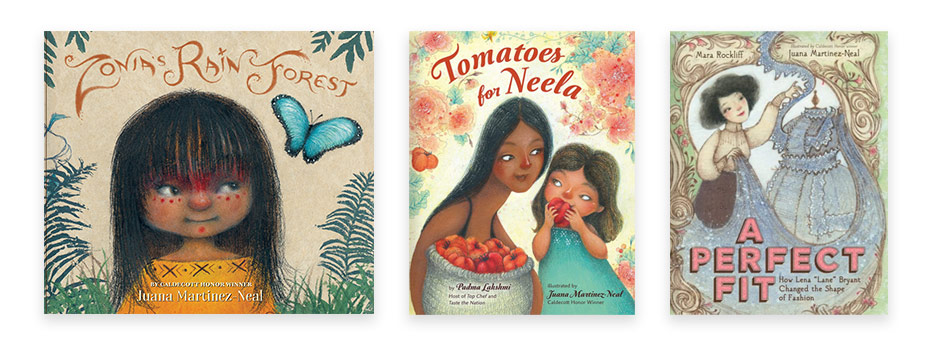
If we know who we are, we can understand our place in the world.”
How did growing up in Peru and moving to the U.S. as a young adult shape your creative work?
Being born and raised in Peru and moving to the U.S. in my early twenties defines who I am, and for that same reason, defines my work. Both countries are essential parts of me and unexpectedly show up in the details of my work—both words and images. My work is to understand which details to show more of in each book—a process that I am still learning about.
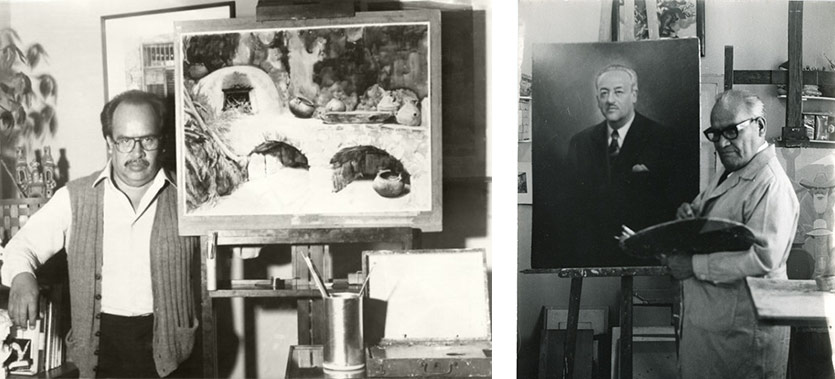
I’ve read that you didn’t grow up with picture books which seems amazing, given how your work as both a writer and an illustrator seems so perfectly suited to the genre. What drew you to this creative form?
I grew up in a home of artists. Paintings from my granddad and dad covered the walls. We were also booklovers. We kept books of all genres around the house. I kept my own personal library in my bedroom. Growing up, I may not have had picture books, but I had novels and I loved them.
My love for books was not new when I started making them. It just changed my position from reader to maker. Having three generations of artists behind me, it was just natural to be making art. Discovering picture books, thanks to my husband, was the transcendental pivot that marked my life and career.
Discovering picture books, thanks to my husband, was the transcendental pivot that marked my life and career.”
Do you think there was an advantage in being able to approach the creation of your own titles without nostalgia for the “picture books of your youth”?
As I did not grow up with picture books and did not go to art or illustration school in this country, I find myself facing a lot of holes in my children’s illustration history knowledge. Despite this, I feel these holes are an advantage that allows me to approach the books with a good ignorance that gives me no biases. Anything is possible because I do not keep the children’s illustration rules in mind.
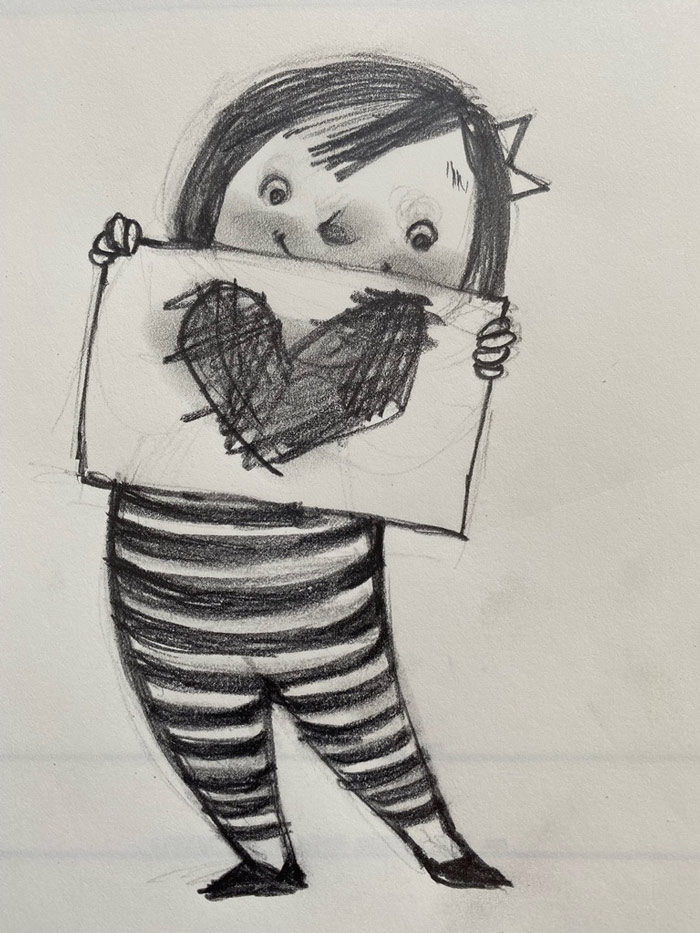
Here are some of the words that floated up for me while I was absorbed in your engaging illustrations: textured, wholeness, joy, earthy, fluid, playful. Do any of those resonate with you? Are there other ideas that you consciously try to incorporate into your work?
Oh, those words most definitely resonate with me! When I work, I look for imperfections. They make the art feel fresh, handmade, perfectly flawed, and just plain beautiful. I’m not saying that my work encompasses all those characteristics, but I am certainly aiming for them.
Every time I sit down to paint, I look and wait for “happy accidents” that make the work feel effortless and beautiful. I also would love to make the viewer want to touch the art. I want my work to feel human, with all the imperfections and chaos that we carry. Do I think I achieve that? No, but I’m trying. I am on a mission to get there, failing beautifully, and having so much fun while I try.
I want my work to feel human, with all the imperfections and chaos that we carry.”
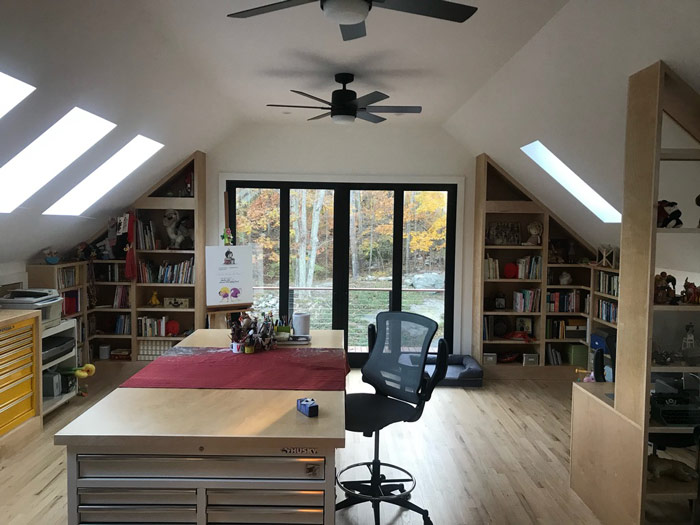
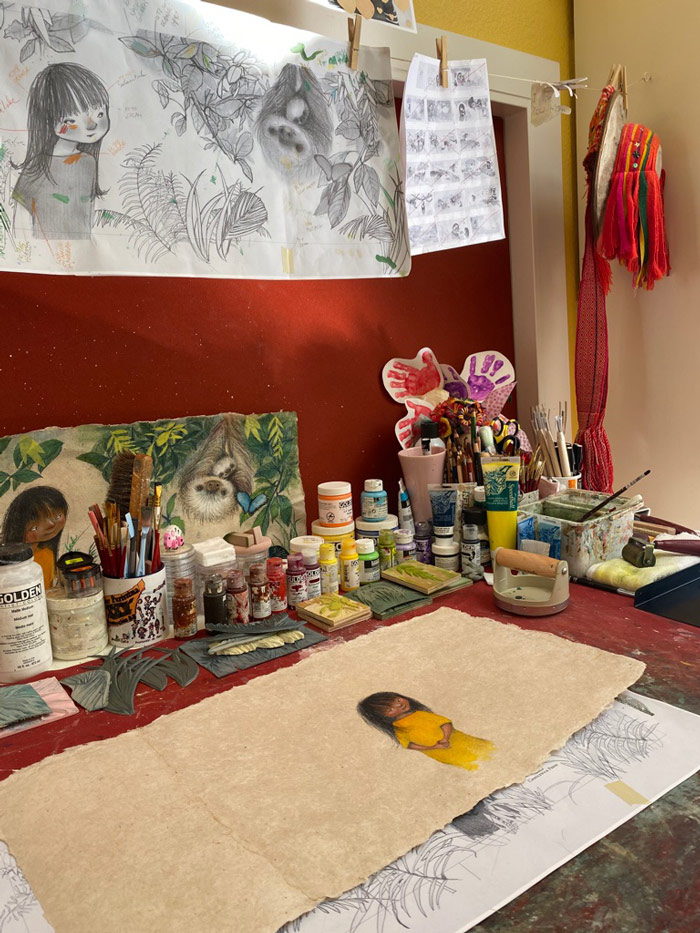
How do you achieve the wonderful sense of texture that’s so noticeable in even the “empty” spaces in your illustrations?
I hope that every area in the pieces is interesting to the eye. I get that with the surfaces where I lay materials. My “canvases” always have texture. I want the art to feel handmade.
As an illustrator who has worked with many different authors, you are certainly familiar with collaboration, but in the case of I Don’t Care (Neal Porter Books, 2022), that collaboration took a more unusual turn. For that picture book, you collaborated with another illustrator; you and Molly Idle together created the illustrations for Julie Fogliano’s story. How did that process work?
I Don’t Care was a dream project. Every step flowed easily because there was a constant effort to respect the other’s point of view and ideas. No idea was discarded. We embraced them and somehow incorporated them in the work. But I think we got to this because of the mutual respect we have for each other.
The most interesting part of making this book was discovering Molly’s book-making process. Until we worked on this book, I had never had a chance to see it so close and in detail. I have to say that having someone to bounce ideas off through every single step of the process was invigorating and energizing. I feel grateful that Molly, Neal, Jennifer and Julie considered me a good addition to the team.
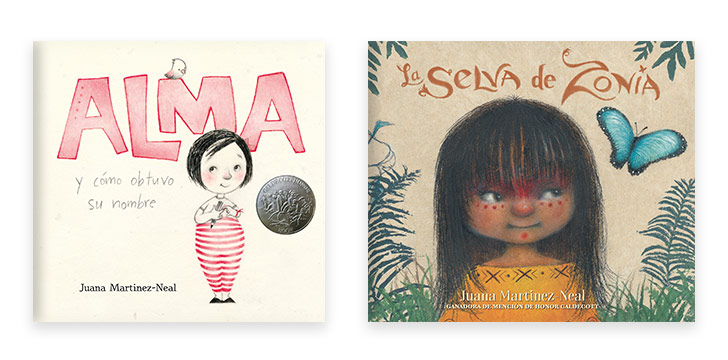
You’ve also written Spanish editions of some of your books, such as La selva de Zonia (Candlewick, 2021) and Alma y cómo obtuvo su nombre (Candlewick, 2018). What kind of feedback have you heard from readers about these titles?
Spanish is my mother tongue and my first language. Getting a chance to share my books in this language was important. I am moved when I hear from adults who find my books. They feel seen and represented; such a powerful moment.
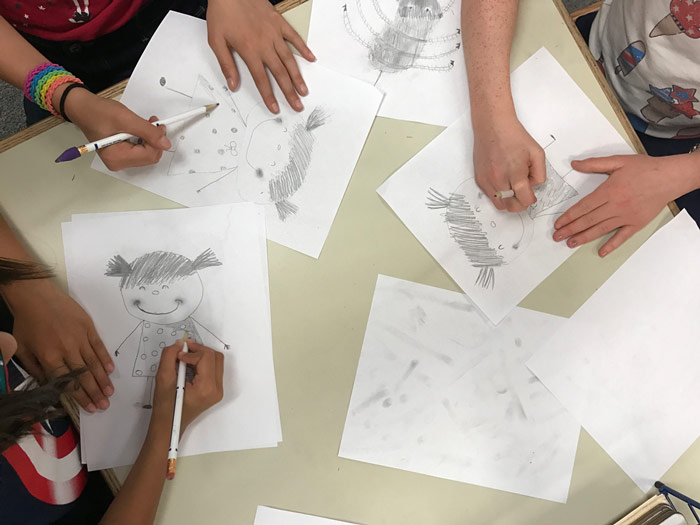
What’s your best advice for young readers who want to be artists and/or writers?
Read. Read all the time, all that you can. I remember falling in love with words when I was young. I kept a notebook where I wrote sentences that I loved. One day, I was no longer writing other people’s words but my own. But it all started with reading. Read a lot! Same goes for drawing. Draw. Draw all the time, all you can.
I remember falling in love with words when I was young. I kept a notebook where I wrote sentences that I loved. One day, I was no longer writing other people’s words but my own.”
What would you like to tell your fans about your forthcoming books?
I am delighted to share that in September 2023, I have not one but TWO Alma board books releasing: Alma, Head to Toe / Alma, de pies a cabeza and Alma and Her Family / Alma y su familia. These are part of the “Alma’s Words / Las palabras de Alma” collection, published by Candlewick Press. Alma will get to share some moments with our youngest readers. The board books are bilingual (English and Spanish), and I look forward to hearing from readers.
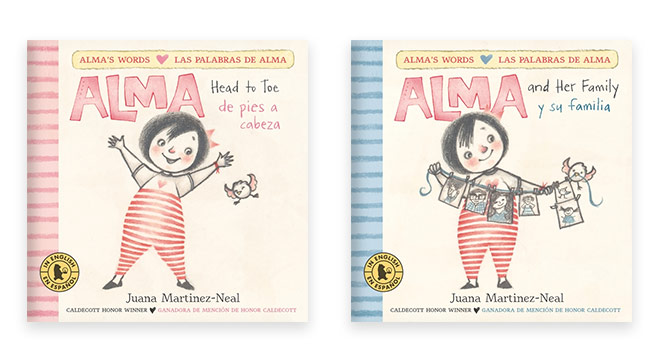
What are the best ways for readers to connect with you or to follow you on social media?
Readers can find me on Instagram as @juanamartinezn. They can meet me in-person at events or email me from my website: juanamartinezneal.com/contact/.
Is there anything else you’d like to add?
Thank you for the opportunity and for reading!





